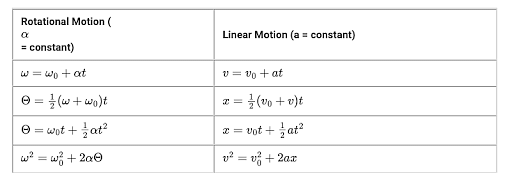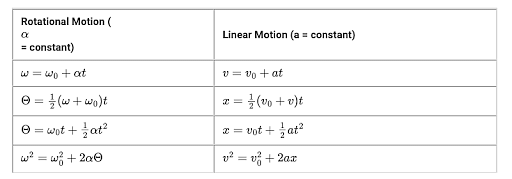Question:
The decomposition of a hydrocarbon follows the equation $k=\left(4.5\times10^{11}s^{-1}\right)e^{-28000 K /T}.$ What will be the value of activation energy?
The decomposition of a hydrocarbon follows the equation $k=\left(4.5\times10^{11}s^{-1}\right)e^{-28000 K /T}.$ What will be the value of activation energy?
Updated On: Jul 7, 2022
- $669 \, KJ$ $mol^{-1}$
- $232.79 \, KJ$ $mol^{-1}$
- $4.5\times10^{11} \,KJ$ $mol^{-1}$
- $28000 \, KJ$ $mol^{-1}$
Hide Solution
Verified By Collegedunia
The Correct Option is B
Solution and Explanation
Arrhenius equation, $k=Ae^{-Ea/ RT}$
Given equation is $k =\left(4.5\times10^{11}s^{-1}\right)$ $e^{-28000 K /T}$
Comparing both the equations, we get
$-\frac{E_{a}}{RT}$ $=-\frac{28000\, K }{T}$
$E_{a}$ $=28000 K\times R=28000 K\times8.314 J K^{-1}$ $ mol^{-1}$
$=232.79 \,KJ$ $mol^{-1}$
Was this answer helpful?
0
0
Top Questions on kinetics equations
Find the time required to complete a reaction 90% if the reaction is completed 50% in 15 minutes.
- MHT CET - 2024
- Chemistry
- kinetics equations
- Magnetic Moment of \( \text{Mn}^{2+} \) is:
- MHT CET - 2024
- Chemistry
- kinetics equations
- IUPAC Name of Glyceraldehyde is:
- MHT CET - 2024
- Chemistry
- kinetics equations
- IUPAC Name of Acetone is:
- MHT CET - 2024
- Chemistry
- kinetics equations
- The half-life period of a first order reaction is 1000 seconds. Its rate constant is:
- KEAM - 2024
- Chemistry
- kinetics equations
View More Questions
Concepts Used:
Kinetics Equations
It is branch of physics that defines motion with respect to space and time is known as kinematics.
Inverse Kinematics: Inverse Kinematics do the reverse of kinematics.
There are four basic kinematics equations:

Rotational Kinematics Equations
Another branch of kinematics equations which deals with the rotational motion of anybody.
